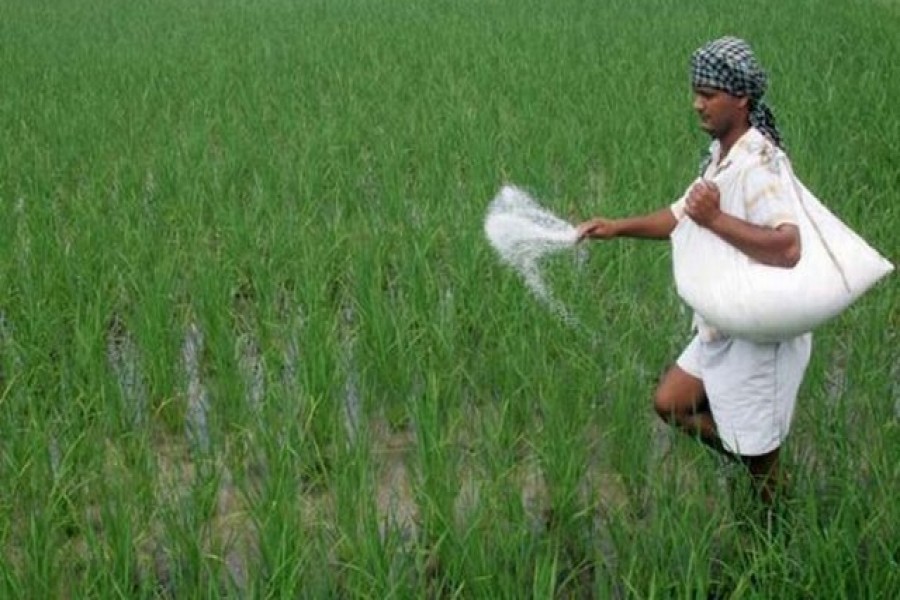Farmers all over the world, like people in any other vocation, are concerned with maximising profits and minimising costs. There is a general allegation that farmers in Bangladesh, especially rice farmers, are deprived of due prices for their produce in a regime of rising input costs and falling output prices. Arguably, this creates disincentives in the allocation of scarce resources. But the good news is that, despite the alleged disincentive, the area under rice especially of boro has been increasing over time leading to a paradox. One can glean interesting insights into the above-mentioned paradox from the most recent household survey of 62 villages (2014).
It is observed that the cost of producing a maund of paddy in 2014 was Tk 502 against the price of Tk 700 a maund thus giving a rate of profit of 39 per cent. The margin might challenge the critics who hold that farming has become unprofitable due to rising costs of inputs and non-remunerative price of output. This could have been the case during 1988-2004 with a monotonic fall in rice prices but since 2004 the pendulum of fortune began to swing in favour of farmers. The family income from farming one hectare of land in 2014 was Tk 45,820 for paddy compared to Tk 31,668 for wheat, 37, 406 in jute and 1,92,582 for potato. However, the tenant farmers don't seem to make any surplus in rice cultivation as they have to surrender almost one-thirds of the harvests to their land owners. Interestingly, return per day of labour used in their rented-in land is estimated to be Tk 494 in Boro season and 391 in Amon season against the prevailing wage rate of Tk 278. Thus they are better-off in renting land than selling labour in other's land. By and large, barring few years, farmers were in comfort zone with a positive surplus during the last decade or so.
In this context the dynamics of production of rice especially during the last two decades and a half needs attention to glean the important changes occurred in the realm of rice production and profitability. First, the cost of producing rice is higher than potato but the rate of profit is more than double for potato. Second, yield of wheat, jute and potato has increased over time but yield of rice has almost doubled from 7.5 maunds per bigha (33 decimals) in 1988 to 13 maunds in 2000 and about 16 maunds in 2014. Second, MVs have shown the door to TVs through a substitution of the latter by the former. This is revealed by the statistics that the area under TVs has gone down from 46 per cent of total cultivated land in 1988 to 24 per cent in 2000 and further to only 14 per cent in 2014. Third, the yield of MVs has increased partly due to adoption of higher yielding varieties and partly (possibly more importantly also) due to better crop management. Over time, agriculture in Bangladesh has become more merit-based rather than manual-based. It is thus no wonder that the yield of boro rice increased from about 15 maunds per bigha in 1988 to 20 maunds of late. Of course, the yield of TVs also increased from 6 to 9 maunds during the same period of time. Fourth, the amon crop is relatively risky and yield is about 7 maunds per bigha which is one-third lower than Boro. To reduce the yield gap, scientists are looking for newly developed submergence tolerance variety which require resources for research and extension.
Empirical data base also reveals interesting changes in input uses especially labour and machine use in farming. The labour use per hectare has reduced from 164 days in 1988 to 132 days in 2000 and 99 days in 2014. The use of hired labour, however, remained 50 per cent of the total labour; the use of hired labour by small holders and tenants have grown over time. Apparently the fall in labour demand was fuelled by the spread of mechanisation in land preparation and threshing. Machines cost less than labour in both of the activities. As labour market got tight and wage rate hiked over time, machine became a friend of the farmers- 90 per cent of the farmers in Bangladesh now use machine compared to 60 per cent in 2000, and almost none in 1988. During this period, the cost of machine rental has increased five times - indicating the pressure from demand side. There is another reason also and it is that the growing use of herbicides has replaced labour in weeding.
Only about one-third of farmers used manure in Boro production in 2000 which shot up to 54 per cent in 2008 but again dipped to 32 per cent in 2014. The peak in 2008 is adduced to the hike in the cost of phosphate and potash (Tk70-80 per kg). Later, the decline in the prices of chemical fertilisers induced an increase in its use. It is thus no wonder that in 2014 only one-third of the farmers were found using manure as the cost on account of manure was only 12 per cent of the costs of chemical fertiliser. This drives us to an important policy note. Subsidy on chemical fertiliser harms on two sides: diverts farmers away from use of organic fertiliser and puts additional burden on farmers. The optimal policy is the reduction in subsidy and diverting resources to help farmers with modern seed or research and extension.
Abdul Bayes is a former Professor of Economics at Jahangirnagar University. [email protected]


